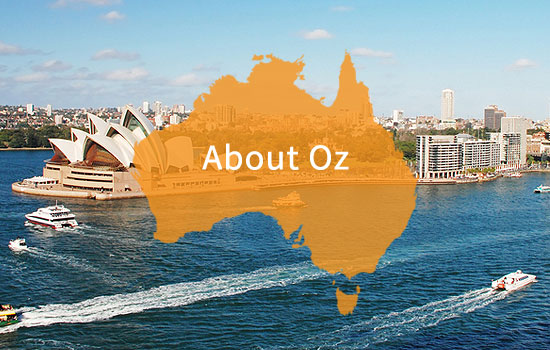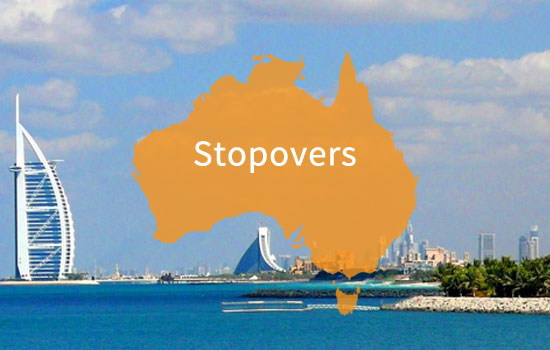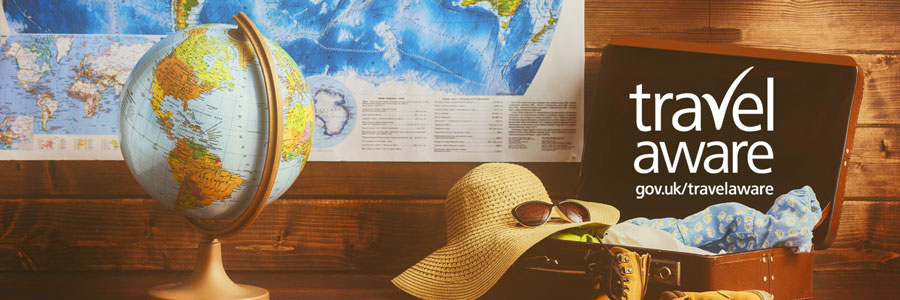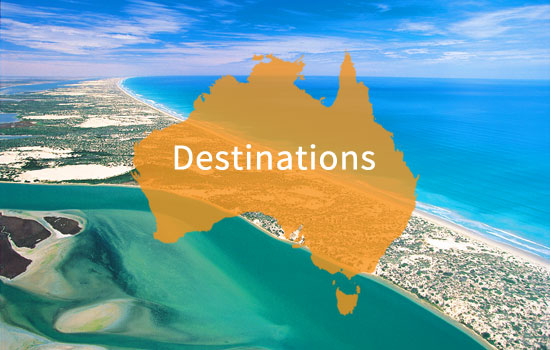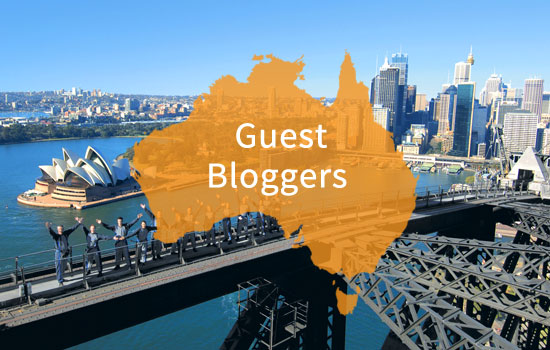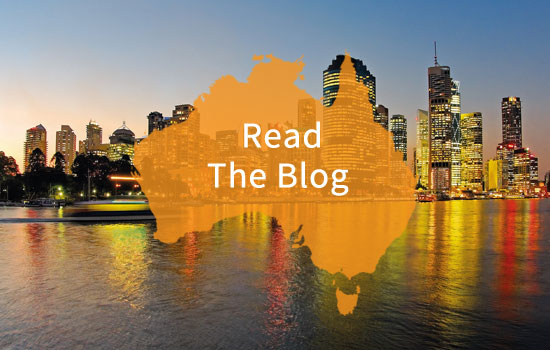New South Wales Outback
Sculpture at Sunrise, Broken Hill, NSW. Photo credit: Maxine Coquard; Destination NSW
New South Wales Outback
Explore the New South Wales outback and you enter a vast expanse of contrasts. Some parts bake in temperatures which have been known to exceed 50°C. Others can be relentlessly wet.
It makes generalising a dangerous business, but here’s what we can say with certainty:
- It is sometimes referred to as ‘Corner Country’
- Some of the Aboriginal art of the region dates back 40,000 years
- The Darling River is the region’s backbone
- Much of the state’s wealth is produced in the outback area
- It’s sparsely populated, but any locals you do meet are friendly and laid back
- Between November and February the temperature can soar to over 40°C
Things to do in the outback
Bourke
Poet Henry Lawson once said, “If you know Bourke, you know Australia.” Like the country, Bourke is worth getting to know.
- The Back O Bourke Exhibition Centre on the banks of the Darling River is open 7 days a week from 9am (closing times vary). Find out about the area’s aboriginal past, its culture, and modern outback life.
- Experience life on the river with the Jandra paddleboat. Trips depart twice a day at 9am and 3pm and last around one hour.
- For splendid views across the town and the mountains to the south, take a trip up Mount Oxley. You can even see eagles up here.
- Gundabooka National Park is 50 km from Bourke. The bushwalks are spectacular, with stunning landscape, wildlife and aboriginal art all vying for your attention.
The red sand against the cobalt blue sky makes for pictures you’ll want to frame, too.
Brewarrina
Explore the aboriginal landscape and the waterways of an area that many consider to be a ‘must see’. You can also visit Culgoa National park from here, with the largest coolabah woodlands in NSW.
Broken Hill
‘Silver City’ (so-called because it sits on one of the world’s largest silver-lead-zinc lodes) is a great base from which to explore the New South Wales outback.
- The Living Desert reserve is as good to walk as it is to see.
- The Royal Flying Doctor Service Visitor Centre lets you get to the heart of a true Australian icon.
- The (manmade) sandstone sculptures of the Sculpture Symposium are strikingly beautiful.
- Kinchega National Park is accessible from Broken Hill. It’s a wonderful place – with colours that change with the light, and great birdlife.
Sturt National Park
At Cameron Corner the state borders of NSW, Queensland, and South Australia meet – which makes for a good photo op. NSW’s most northerly park is a land of big sky, big dunes and granite tors. The self-drives are wonderful.
Lightning Ridge
A 5-star Olympic pool and water park probably isn’t what you’d expect to find as you explore the New South Wales outback, but here it is, along with much else:
- Lightning Ridge is mining country. You can explore a real, working one at The Big Opal Underground Mine Tour or go fossicking for your own opals at Lightning Ridge.
- Visit the free artisan bore baths and soak in the naturally heated thermal springs.
- Bevan’s Black Opal and Cactus Nursery is said to be the biggest display of old and rare cacti in the southern hemisphere.
White Cliffs
Not many towns could honestly call themselves unique, but White Cliffs can: it’s underground. If you can, spend a night here for the only sleep you’ll ever have free from any ambient noise or light.
Wilcannia
This largely undisturbed port on the Darling River is charming in its own right and a great base for the Darling River Run. The Run is one of the states’ greatest experiences.
Drive the route of the country’s longest river, visiting the towns and villages that line the way. A great way to explore New South Wales and the ‘real’ Australia.
When does outback become Never Never?
Australians don’t use the word ‘outback’ much. They prefer proper, definite place names to something that’s rather woolly.
So if the locals don’t use it, who does? No one knows who first used the term ‘outback’ or precisely what was meant by it. The idea was certainly around by 1800 with the vague meaning of ‘the land over there that hasn’t been settled yet.’
The term was first used in print in 1869 to describe the land west of Wagga Wagga, New South Wales.
Colloquially, the outback is “beyond the Black Stump”. The Black Stump in question may be a saloon. If it isn’t then no one has the foggiest what it is.
What seems (fairly) clear is that the Never-Never describes the really remote parts of the outback. But no one could tell you at what point one becomes the other.
Australia Is Big
Travel, explore and discover the world's largest island
Which Way Down
Break up your long haul journey with a stopover
You May Also Be Interested In…
Show Me Australia
View our Australia destinations
Grow The Grapevine
Join our guest blogging community
Fascinating Reads
Top tips and quick reads about Australia
Subscribe To Our Newsletter
Get the latest travel tips and info straight to your inbox.


